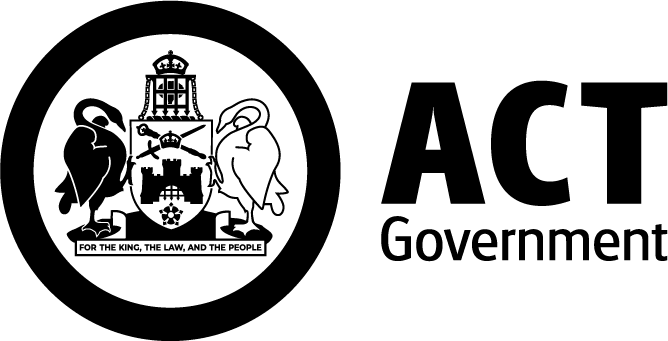Office of the Conservator of Flora and Fauna
The Office of the Conservator of Flora and Fauna acts on issues that affect matters relating to the conservation of local environment.
The Office of the Conservator of Flora and Fauna was established by the Nature Conservation Act 2014 (NC Act) and carries significant responsibilities and impacts the conservation landscape.
The Executive Group Manager, Environment Heritage and Parks holds the position of Conservator of Flora and Fauna. They act on issues that affect conservation matters outlined in the NC Act, such as acting to protect native plants and animals. Some of the responsibilities include:
- the administration of a licensing system for the taking, keeping, selling, importing, exporting, disturbing, displaying and killing of native plants and animals
- approvals for the translocation of native flora and fauna in the ACT
- the Biodiversity Research and Monitoring Program (BRAMP)
- managing the nature reserve system and
- protecting and conserving threatened species and ecological communities.
The Conservator has additional responsibilities under the Planning Act 2023, the Fisheries Act 2000 and the Urban Forest Act 2023.
Conservator Guidelines for the Management of Burrowing Animals During Development
The Conservator has introduced enforceable Management of Burrowing Animals During Development Guidelines to help manage native burrowing animals on development sites. These guidelines are now in effect.
They apply to Developments in areas with suitable habitats, such as new suburbs or nature reserves. However, they do not apply to already developed suburban blocks.
To learn more about how these guidelines affect the development application process, visit the Planning website.
